Voice and dialect coaches collaborated on some of the best performances of the year — but how do they work with their star clients? Screen talks to the experts who worked across Wicked, A Complete Unknown, The Apprentice and The Wild Robot.
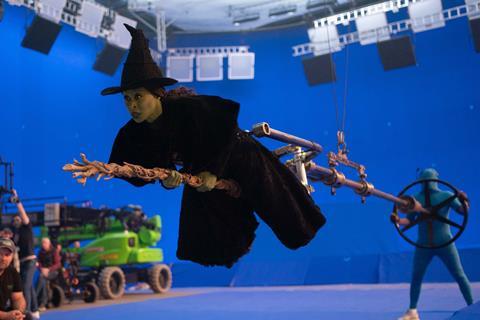
Cynthia Erivo would not have been able to defy gravity without her voice coach Antea Birchett. As Erivo’s character Elphaba delivers Wicked’s most famous song, she is literally in the air — in a harness, flying around a studio, tumbling upside down — but still needed to sing live.
“That was a special moment for both of us,” says Birchett. “I’ve been coaching for 25 years, and I’ve never before had a moment of working with someone hanging 30 feet in the air in a harness. She was determined to sing this live and I wanted her to do that because she knew she could.”
Birchett was in the room for the first take of the ‘Defying Gravity’ scene, when Erivo’s “body was manipulated in a strange direction while she was trying get big notes out. In that first take, I could hear her moving, so we had them bring her down and she and I talked our way through it. I touched around where the corset was, and had her do an exhale to feel where the breath was going while she was all bound up like that.
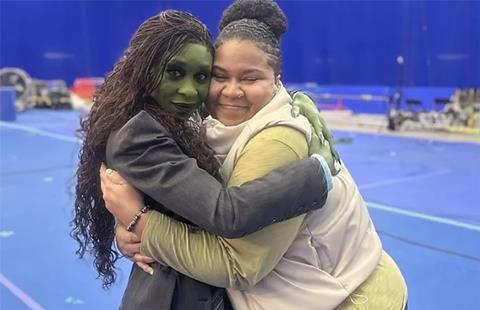
“She’s a ‘plant your feet’ type of singer, so it was a matter of having to plant your feet in your mind to ground yourself. And the very next take, she got it. It was perfection.”
Singing upside down. Analysing when Donald Trump puckers his lips. Paying homage to two of the most famous folk singers of all time. Helping an animated robot learn to open her heart. Those were just a few of the distinct challenges that voice and dialect coaches faced in preparing actors to take on some of the most acclaimed performances of the year. Unlike a costume designer or a make-up artist, a voice coach’s work is unseen, and mostly unsung (pun intended) — but is often an essential part of an actor’s preparation.
It is also a profession these voice coaches want to see protected — accents were in the news this year because of the use of AI to clean up some Hungarian dialogue in
The Brutalist. The experts say they know all of a film’s sound is always worked on in post-production, but they want the use of AI to be kept to a minimum, to focus on the hard work these performers do to get it right.
“We have to think about honouring the original language itself — if we can improve that with a few extra accents or vowels, sure,” says Liz Himelstein, the voice coach who worked with Sebastian Stan on The Apprentice. “But with accents, so many actors work really hard at this, so the idea of AI becoming more widely used is scary.”
Eric Vetro, the coach who worked with key performers in Wicked, A Complete Unknown and Maria — while also finetuning superstars such as Sabrina Carpenter and John Legend — agrees a little fix here and there might be okay but authenticity is also important. “In the Superman movies, the actor doesn’t really fly. I think there’s a bit of magic in Hollywood that’s always been done,” he points out. “But I do think it’s a matter of degree and how much is being changed. As an audience, you can tell the difference.”
Diligent preparation
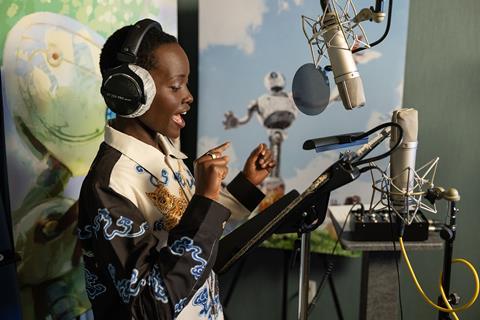
Voice coaches are freelancers, hired project by project, sometimes brought on by the director or producers but frequently suggested by actors they have worked with in the past (the studio or production pays their fees as part of the production budget). Many augment film work with private clients, theatre productions or academia — for instance, Birchett (who is also a Grammy-winning songwriter) is now teaching at Savannah College of Art and Design in Georgia, and Beth McGuire, who coached Lupita Nyong’o in The Wild Robot, was formerly a professor at Yale School of Drama (where she first met Nyong’o as a student).
Birchett’s work on Wicked was not limited to those few days of the ‘Defying Gravity’ recording. Her work spanned nearly two years, from early preparations and pre-recordings to the extended shoot for the two Wicked features, which were filmed back to back. Erivo did not want to recreate Broadway’s Elphaba — the actress “has a very strong technique and sense of her voice… She added a bit of Cynthia in there, adjusting some of the melodies, adding embellishments like riffs and runs,” reveals Birchett.
One reason the voice coach wanted to be on set for Erivo’s big singing scenes was “to keep her safe vocally. Some of these songs are very big, and if you’re in theatre, you might sing that once a day. It’s different when you’re filming. You might hit a high note 14 times a day, and that’s a lot on a singer’s voice.”
Vetro had been working with Ariana Grande since the performer was just 13 years old, but Wicked was going to be an exceptional challenge. He coached Grande for the audition — evidently a success — and then more intensively before the shoot.
“She wanted to honour Glinda by having it be that more operatic sound,” says Vetro. “Ariana can mimic anybody. But she didn’t want this to be just mimicking Kristin [Chenoweth, who originated the role on Broadway]. She wanted to be her own Glinda. It’s a role that is difficult to sing — in that opening, Glinda arrives in the bubble and that is a very high, beautiful soprano part, but then ‘Popular’ is very low in the beginning.
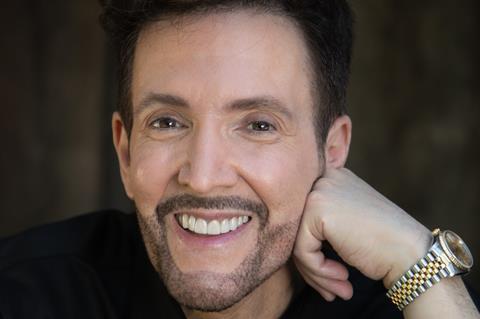
“We exaggerated everything we had done before so that she was using more breath support,” says Vetro of his preparation sessions with Grande. “We were using a fuller sound, a stronger sound, doing exercises that help her create that sound, so that it would just come naturally to her, and she wouldn’t have to think about it.”
California-based Vetro did not need to be on the Wicked set in the UK because he had prepared with Grande for many months and they had “already gone through lines in 20 different ways. She was ready for anything.”
Vetro also coached Jonathan Bailey, who plays Fiyero in the films, and would do FaceTime sessions with the actor before his big musical numbers because they had less prep time together before the shoot.
Singing live
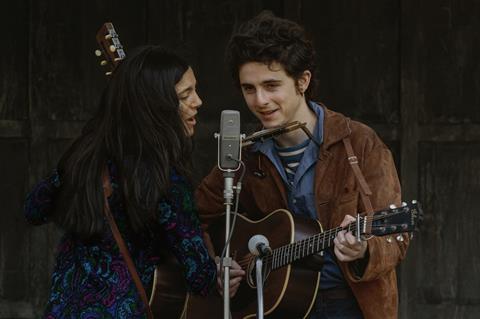
Vetro and Birchett both praise Wicked director Jon M Chu’s decision to have the cast sing live on the set — something that is not always possible, or simply not made a priority, on other films. “If you are lip-syncing or singing to your own track, it’s just not as spontaneous or free-flowing as when you’re singing and acting live,” says Vetro. “You can fully immerse yourself in the character. You can go with it. If you feel like a note needs to be held a tiny bit longer or go a bit louder, you can do that, and it also helps to play off the other actors.”
Vetro worked on two other big films this year that involved actors finding their own versions of instantly recognisable singers: Timothée Chalamet and Monica Barbaro as Bob Dylan and Joan Baez in A Complete Unknown, and Angelina Jolie as Maria Callas in Maria.
Vetro already knew Chalamet’s voice from working together on Wonka. “He came in very prepared [for A Complete Unknown], and was diligent at studying Dylan” in general but specifically the vocals of those early years. “Even within the first couple of years, there were a lot of changes in Dylan’s voice,” adds Vetro — not just in singing but in his interviews as well.
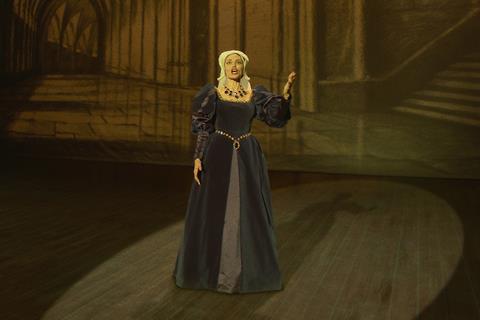
The idea is to always move past any simple impersonation, to go into something more meaningful. “I’ve worked on several movies where people had to sound like a very famous voice — for example, with Austin Butler as Elvis or Renée Zellweger as Judy Garland, and Angelina Jolie for Maria Callas,” says Vetro. “I say the same thing to everyone, ‘How do we capture the essence of the person, the essence of what they do, whether it’s a little breath in some spots or how they pronounce one word.’ If they are louder in the music, is that because they want to get a certain idea across?’ For example, Joan Baez could sometimes sound aggressive with her high notes, and Monica and I would discuss, ‘Why is she so strong here? Is it the words or her feeling?’”
Chalamet had done some singing in high school, but Barbaro “had never sung or played the guitar before”, says Vetro. “Her own voice is more mellow, more pop-sounding, while Joan’s voice almost verges on operatic, so Monica needed to get a sense of that vibrato and that tone.”
Some might think it would be easy to approximate Dylan’s mumbly vocals, but Vetro clarifies: “Dylan had so many layers to his voice. There’s so much nuance when you really listen to it. And Timothée wanted to put all of that into the performance. It’s not just about sounding nasal, and it’s not about sounding raspy. Also, his body language affected his voice. The way Dylan holds his shoulders, the way he holds his guitar, all of that affects his voice. That also brings that character to life for us.”
And it is not just technique and hitting a particular note — sometimes Vetro knows he needs to be a quasi-therapist to his clients (his warm teaching style is showcased in his BBC Maestro course). While preparing for Maria, Angelina Jolie told Vetro that taking singing lessons had helped unblock other aspects of herself, and her performance, too. Jolie cried at their first lesson together.
“It was making her so vulnerable to do something that she had been very locked up about and just had never done,” says Vetro. Jolie, he suggests, was someone who had never even been comfortable singing ‘Happy Birthday’. By the end of their seven months of preparations she was in a completely different place. “I heard her singing these arias, hitting the high notes, and I could see in her face, in her body, that she was becoming Maria. And then I cried.”
A special trust
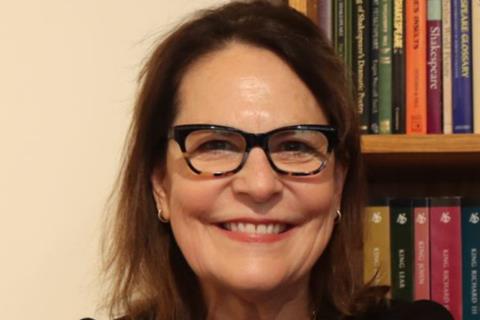
McGuire explains there is no single approach to voice coaching, and it varies project by project and actor by actor. “It’s a very special kind of coaching that comes with an enormous amount of trust, listening and adaptability — each person is entirely unique. You’re finding your way into someone’s matrix to help them find their way into another matrix [of a particular character].”
That personal connection is at the heart of any coach-client relationship. McGuire has worked with Nyong’o since her student days, including on films such as Black Panther, Us, Star Wars: The Force Awakens and A Quiet Place: Day One. Their latest collaboration was helping the actress prepare to voice helper-robot protagonist Roz in hit animation The Wild Robot.
Collaborating also with writer/director Chris Sanders and the sound design team, and with the encouragement of DreamWorks Animation, which built in the necessary preparation time, “all of us asked each other questions and played around with all sorts of ideas of how to find the best way for Roz to sound as her character changed in the story,” says McGuire.
“One part of that process was to make a phonetic chart of the sounds Roz might use. Then we worked to find a ‘robotic’ sound in the beginning of the film,” with Nyong’o seeking out her own reference voices, such as AI-generated speech from Siri or on TikTok. As Roz evolves in the story, Nyong’o would use “more heart” and sound subtly more human.
McGuire is not just attuned to vocal chords. “Lupita is working with her whole body,” she says. “The key for me in preparing an actor for an animated film, as opposed to a live-action film, is to encourage them to look at the body that’s been made for them by the animators and to see what that does to their imagination of how they might speak.”
King of Queens
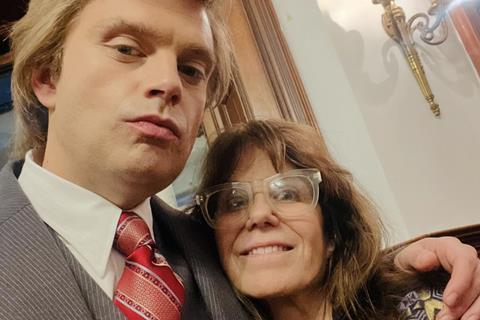
Liz Himelstein worked with Sebastian Stan to encapsulate the specific Queens, New York dialect of a young Donald Trump in The Apprentice. The pair had previously worked together on some very different accents — Jeff Gillooly in Oregon-set I, Tonya and rocker Tommy Lee in Pam & Tommy. “I admire his process, his commitment. He’s always bringing in new elements,” she says of Stan, who was born in Romania and learned English after moving to New York when he was 12.
Stan knew it was especially important to work on his dialect because The Apprentice director Ali Abbasi wanted some improvisation during the shoot — the actor needed not only to learn lines but also to get inside that voice. And Trump’s accent of this era is not the same as he sounds in his presidential era — “it couldn’t sound like a Saturday Night Live impersonation”, as Himelstein puts it.
The voice coach, who has worked on films as diverse as Fargo and Eyes Wide Shut, loves to use authentic source material for an actor to break down — for this film, one key reference was Rona Barrett’s 1980 TV interview with Trump, when he was just 34 years old. “We wanted to explore every sound, every cadence, every rhythm, which syllables he would stress. When he’s puckering up his lips to do a specific sound, we broke it down. We’d do a lot of drilling.” The puckering lips — now a punchline for political satire — was never used simply for comic effect.
Himelstein and Stan also studied Trump’s print interviews from the era, to have more phrases that could be used in improvisations, such as in the scene where Trump has to convince New York mayor Ed Koch to give him permission to build Trump Tower. “We had to work for the authenticity of what was going on behind the scenes there with the human being.”
Himelstein says they are also working emotionally. “I take my cue from an actor. Sebastian would say, ‘Here’s what the emotion of this scene is, this is what I want to do.’ I would translate that for dialect and voice.”
Stan has been rewarded with Oscar and Bafta nominations, and so have Erivo, Grande and Chalamet in their respective categories, while Barbaro has an Oscar nomination. The voice coaches must feel validated to some degree, but they all emphasise that they do not want the limelight themselves, they simply want to enable their clients to do their best work.
“I always say the actor is in charge of where he or she is going,” says Himelstein. “I tiptoe behind them rather than the other way around.”

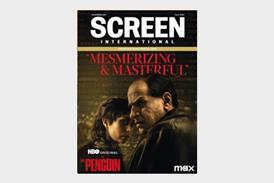
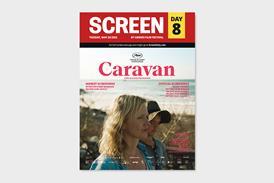

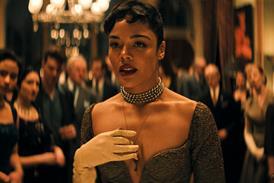
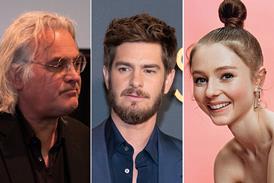
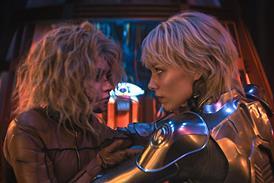
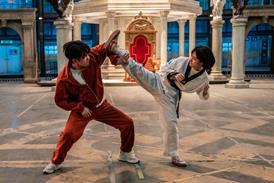
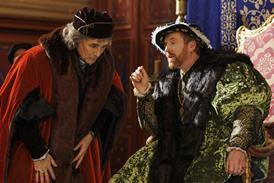
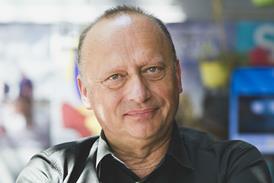
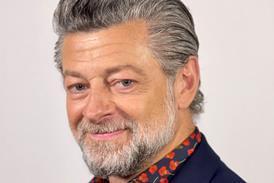

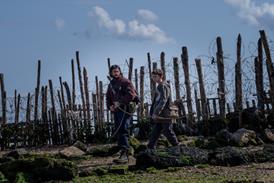
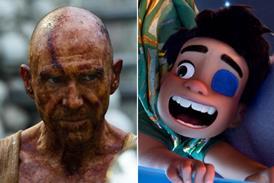
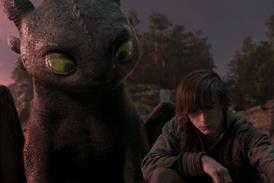

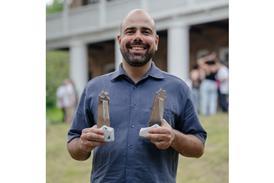








No comments yet